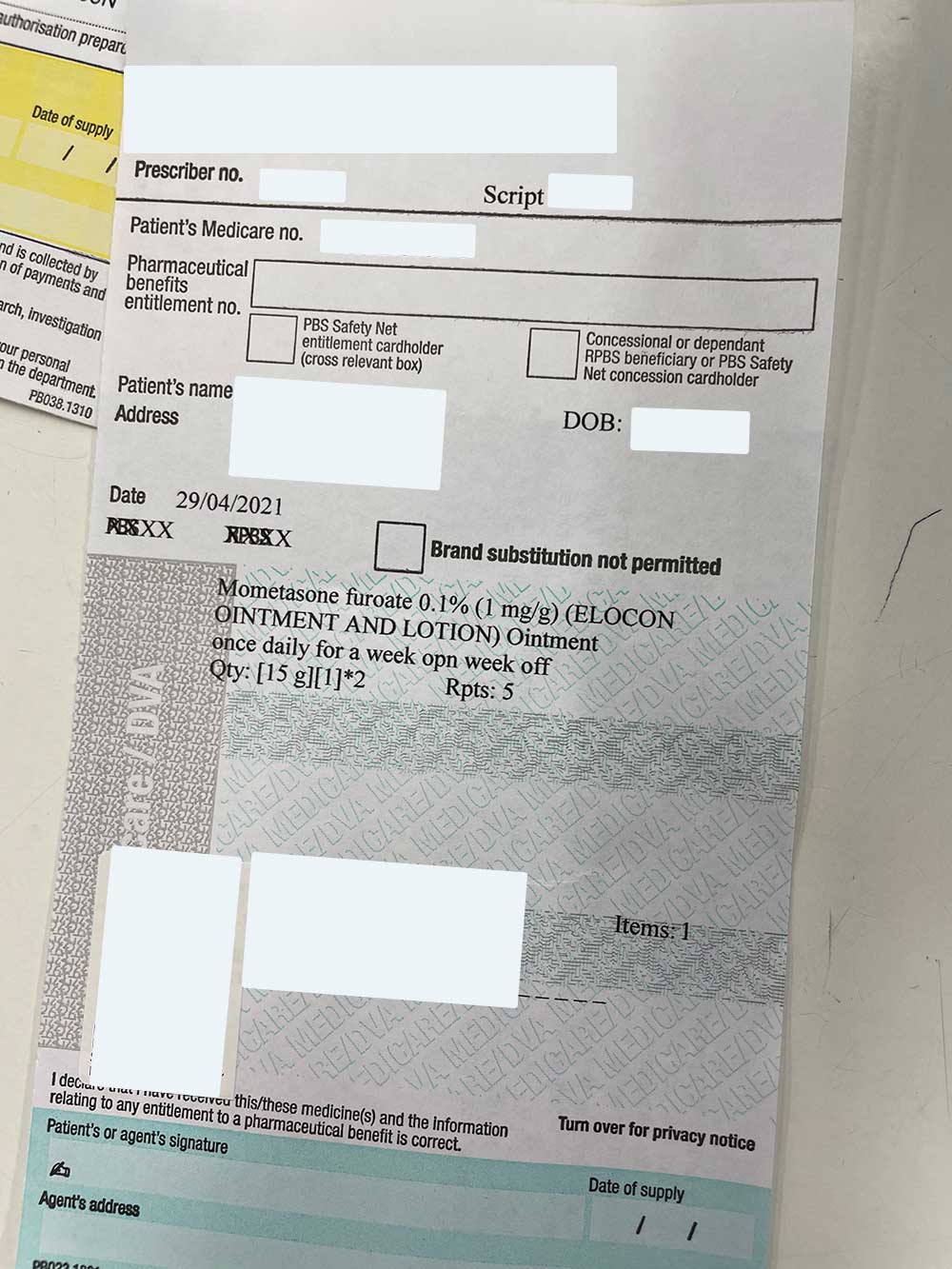A new wave of private prescriptions may be approaching, as the Active Ingredient Prescribing (AIP) grace period comes to an end.
AIP was initiated in February this year as part of the Federal Government’s strategy to improve health literacy. The initiative requires prescribers to prescribe most medicines as the active ingredient instead of brand name on computer-generated prescriptions in order to qualify for PBS benefits.
While all prescribers are required to follow these requirements, the government recognised that software updates and modifications to software capacity would take time to implement. To support the implementation of AIP, it created a 6-month grace period for pharmacies, which will end on 31 July.
‘This allowed pharmacists to claim a PBS benefit on behalf of patients for non-AIP prescriptions if the pharmacist contacted the prescriber to clarify their intent and remind them to update their software to the latest version containing AIP changes,’ said PSA Senior Pharmacist, Consulting Jarrod McMaugh MPS.
‘All prescribing software vendors have updated their products to implement AIP prescribing, and prescribers have been advised to update their software to the latest version. This has led to a very high rate of AIP-compliant prescriptions being generated in the last 3 months.’
Despite this, there have been some hiccups that may impact a person’s ability to claim a PBS benefit for some prescriptions, Mr McMaugh said. There are also some exemptions pharmacists should be aware of that allow the brand name to be used and still attract a PBS benefit.
Addressing AIP issues
Non-compliant prescriptions are still being received by pharmacists in a small number of settings where prescribing software has not been updated. The Department of Health has assisted in addressing issues with software updates for general practices, and can be contacted via email.
 Compliant prescriptions have also caused confusion in some instances, when the intent of the prescriber is not clear from the information provided.
Compliant prescriptions have also caused confusion in some instances, when the intent of the prescriber is not clear from the information provided.
‘This has been most common in situations where a medicine is available in multiple forms (for example as a cream or ointment), has multiple delivery methods (turbuhaler or metered-dose inhaler) or where multiple release methods exist (immediate release or sustained release),’ Mr McMaugh said.
‘Pharmacists should contact the Department of Health via the provided email if a malformed prescription issue is identified.’
Exempt medicines
From 1 August, all PBS prescriptions are required to be written as the active ingredient, with specific exemptions.
This means a pharmacist presented with a prescription written after 31 July will not receive payment for any prescription where the brand name is used.
In this situation, the patient may be offered the option of receiving the item as a private prescription, or the pharmacist can contact the prescriber to explain the requirements and request a new prescription.
Prescribers can still prescribe a specific brand of medicine if it is considered clinically necessary, and should include both the active ingredient and brand name on the prescription. In addition, patients can continue to choose the brand they prefer when their medicine is dispensed in the pharmacy.
Some medicines are exempt from the AIP requirements, Mr McMaugh said.
‘The general rule is that any medicine with four or more ingredients is exempt, and some specific medicines are excluded if they have been identified as at particular risk of confusion or poor outcome if a specific brand is required,’ he said.
Other exemptions include:
- Handwritten prescriptions and medication charts
- Paper based medication charts in the residential aged care setting
- Prescriptions generated using a ‘free-text’ function in prescribing software, and identified as such.
Despite these exemptions, prescribers may still choose to use active ingredient prescribing on exempt medicines.
Best practice AIP
When presented with a non-compliant prescription, Mr McMaugh said the pharmacist should confirm with the client whether they were expecting a PBS benefit. If private pricing is competitive with PBS, the pharmacist should explain the relative benefits of each pricing model.
‘Where PBS subsidy is expected or required to ensure equitable access, the pharmacist should contact the prescriber and explain the situation, advocating on behalf of the patient for a prescription that meets AIP requirements,’ he added.



 John Jones MPS, pharmacist immuniser and owner of My Community Pharmacy Shortland in Newcastle, NSW[/caption]
John Jones MPS, pharmacist immuniser and owner of My Community Pharmacy Shortland in Newcastle, NSW[/caption]


 Debbie Rigby FPS explaining how to correctly use different inhaler devices[/caption]
Debbie Rigby FPS explaining how to correctly use different inhaler devices[/caption]




 Professor Sepehr Shakib[/caption]
Professor Sepehr Shakib[/caption]

 Lee McLennan MPS[/caption]
Lee McLennan MPS[/caption]
 Dr Natalie Soulsby FPS, Adv Prac Pharm[/caption]
Dr Natalie Soulsby FPS, Adv Prac Pharm[/caption]
 Joanne Gross MPS[/caption]
Joanne Gross MPS[/caption]





